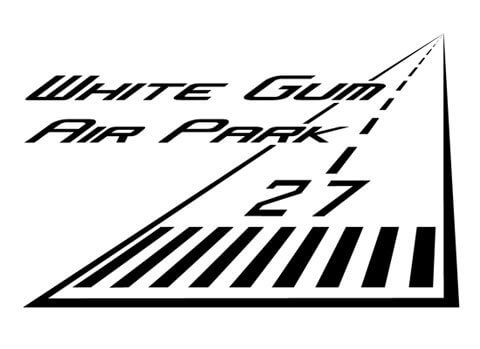The Plane
Learn all about Milly's microlight aircraft - a white Airborne M4 Sport called 'Little Bird'.
What's a microlight?

Wheel spat
1 of 10Pod
2 of 10Propeller
3 of 10Control bar
4 of 10King post
5 of 10Wing
6 of 10Nose wheel
7 of 10Reflex bridle
8 of 10Engine
9 of 10Side wires
10 of 10A microlight is a type of powered hang-glider. It consists of a three-wheeled ‘trike’ base suspended underneath a hang-glider wing.
Control of the plane is by weight-shift. By shifting the triangular control bar attached to the wing, the pilot varies pitch (nose up or down) and roll (bank left or right). Unlike a three-axis aircraft, it doesn’t have a rudder to control yaw.
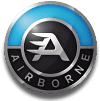
Airborne M4 Sport - XRK Wing

Cruise speed
50-64 knots at trim

Max. TAKE-OFF WEIGHT
450 kg

Empty Weight
240 kg

Wingspan
~10 m
FAQs
The speed of the aircraft varies with the type of wing, wind conditions and the amount of weight on board. My aircraft is the latest model Airborne M4 Sport with an XRK wing. This wing cruises between 50-64 knots (93-119 km/hour).
The Airborne M4 Sport model microlight has a 56L fuel tank and burns 10L per hour. This equates to an endurance of about 5 1/2 hours. The distance covered during this period of time depends on the type of wing, the prevailing wind conditions and the amount of weight on board.
With an XRK wing, this model has a potential range of 350 nautical miles (652 kilometres).
The operations manual for the Airborne M4 Sport recommends:
Take-off distance = min. 300m
Landing distance = min. 200m
Take-off distance = min. 300m
Landing distance = min. 200m
As a recreational pilot, I am limited to a maximum altitude of 10,000ft. Most of the time I fly below 5000ft but it varies depending on terrain, wind and the distance being travelled.
Yes. There is room for one passenger in the seat behind me.
If the engine stops, then the aircraft will glide to the ground.
In any aircraft, it is then up to the pilot to follow emergency procedures and find a safe place to land. Good preparation and flight planning involves choosing a route that minimises the amount of ground you have to fly over where landing options are limited. Microlights are fitted with big fat tyres that are ideal for landing on rough, soft and muddy ground if need be in an emergency.
In any aircraft, it is then up to the pilot to follow emergency procedures and find a safe place to land. Good preparation and flight planning involves choosing a route that minimises the amount of ground you have to fly over where landing options are limited. Microlights are fitted with big fat tyres that are ideal for landing on rough, soft and muddy ground if need be in an emergency.
Share Wing Threads with a teacher you know!
Sponsors
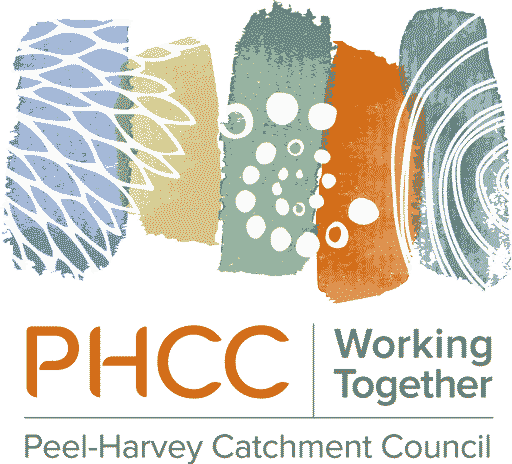
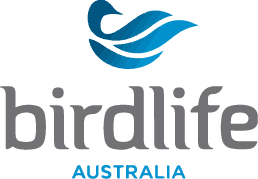
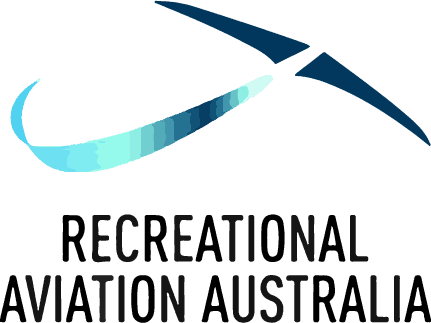



Project Partners






